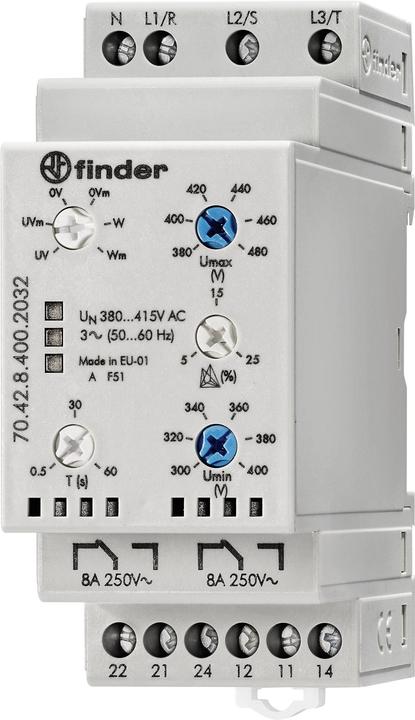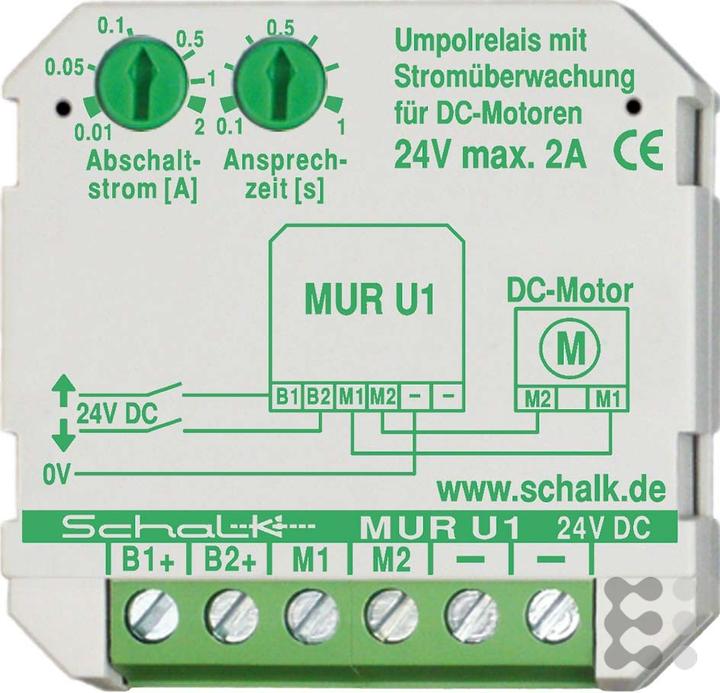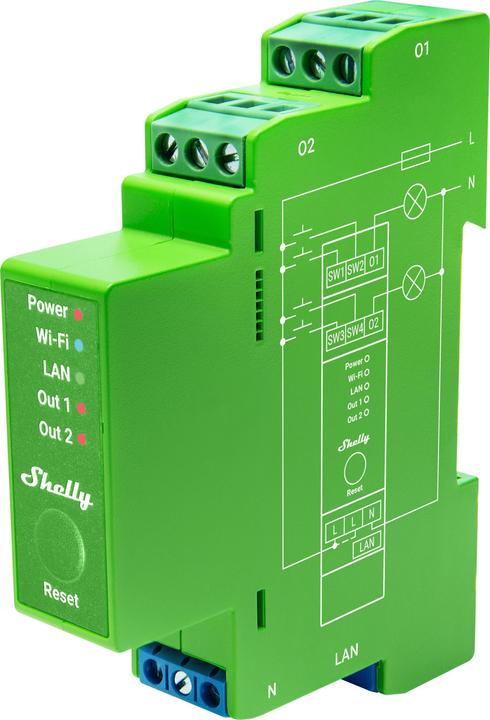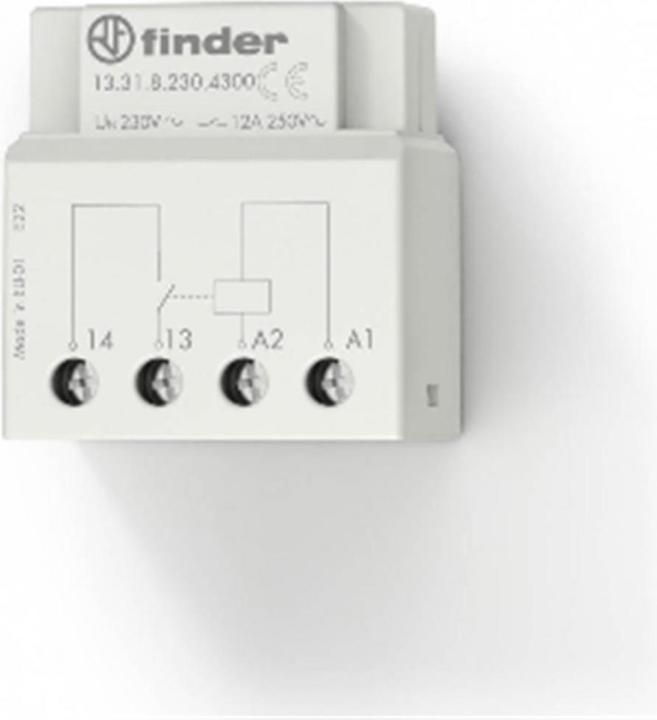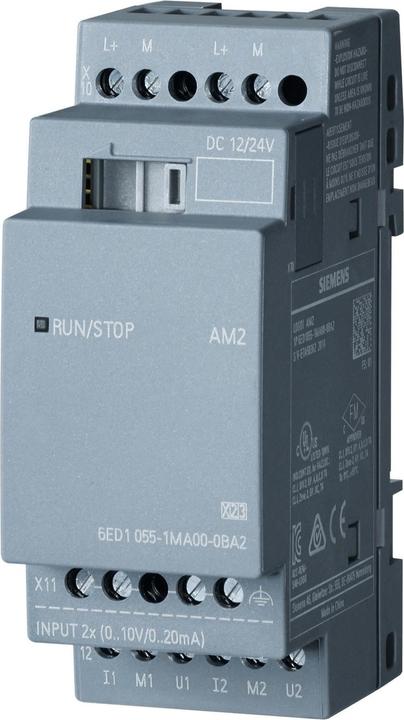
Too Many Relays? Here's How to Choose the Right One
Discover five key factors to consider when selecting the perfect relay for your needs.
Last updated 5 days ago. Automatically generated content.
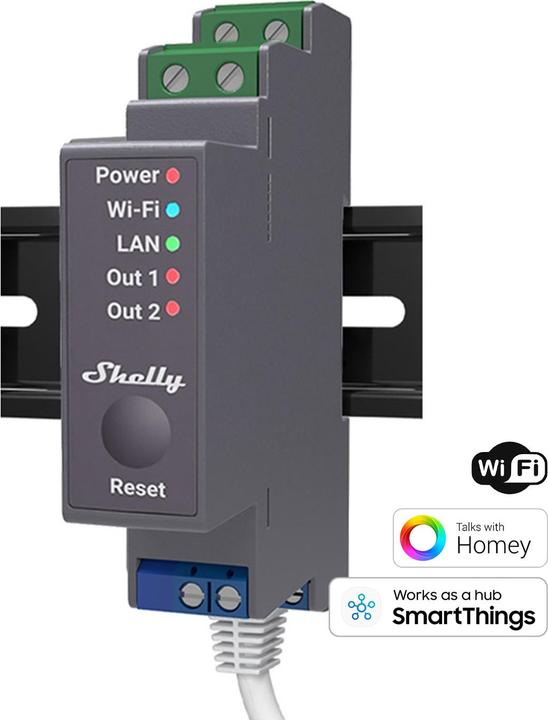

Select options and limit the number of products
Relay type refers to the specific kind of relay used in electrical circuits, dictating how electrical signals are controlled, switched, or monitored. Selecting the appropriate relay type is crucial for ensuring optimal circuit performance, reliability, and efficiency, tailored to specific applications.
Popular options (you can select more than one)
Contactor relay
Typical price
45.– to 94.–Combines features of contactors and relays for versatile switching tasks.
Contactor relays are suitable for diverse electrical systems, offering flexibility and reliability.
Bestseller
Monitoring relay
Typical price
140.– to 360.–Used for supervising electrical parameters like voltage and current.
Monitoring relays ensure system stability by detecting anomalies and preventing failures.
Bestseller
Overload relay
Typical price
76.– to 230.–Protects circuits from excessive current by breaking the connection when necessary.
Overload relays prevent damage to equipment, prolonging their lifespan and maintaining safety.
Bestseller
Output voltage refers to the range of electrical potential generated by a relay, which is crucial for ensuring compatibility with connected devices and systems. Choosing the correct output voltage is essential for efficient and safe operation, preventing damage to equipment and ensuring optimal performance.
Popular options
24 - 110 V
Typical price
51.– to 220.–Suitable for low to medium voltage applications, commonly used in industrial control systems.
Provides flexibility for integration with various devices, enhancing system compatibility and reliability.
Bestseller
111 - 230 V
Typical price
40.– to 150.–Ideal for standard residential and commercial applications, including lighting and appliances.
Offers broad compatibility with common electrical systems, ensuring effective and safe operation.
Bestseller
231 - 500 V
Typical price
57.– to 230.–Designed for high-voltage applications, such as heavy machinery and industrial equipment.
Ensures robust performance under demanding conditions, maximizing efficiency and operational safety.
Bestseller
Electric current output refers to the maximum current a relay can handle, impacting its suitability for different applications. Choosing the right current output is crucial to ensure safety and efficiency in electrical systems, preventing overloads and potential damage.
Popular options
41 - 110 A
Typical price
160.– to 490.–Accommodates high current loads, designed for heavy-duty industrial machinery and systems.
Essential for high-demand settings, providing robust protection and efficiency for complex operations.
Bestseller
Output current type determines the form of electrical current a relay handles, crucial for compatibility with connected devices and systems. Selecting the appropriate output current type ensures optimal relay performance and prevents damage to equipment, impacting reliability and efficiency.
Popular options (you can select more than one)
AC/DC
Capable of handling both alternating and direct current, providing versatility.
Suitable for mixed environments, offering flexibility for devices that switch between AC and DC power sources.
Bestseller
The brand factor is crucial in the decision-making process for purchasing relays, as it ensures reliability and performance in electrical systems. Trusted brands like Hager and Siemens are essential for professionals seeking durable, high-quality products that meet industry standards.

